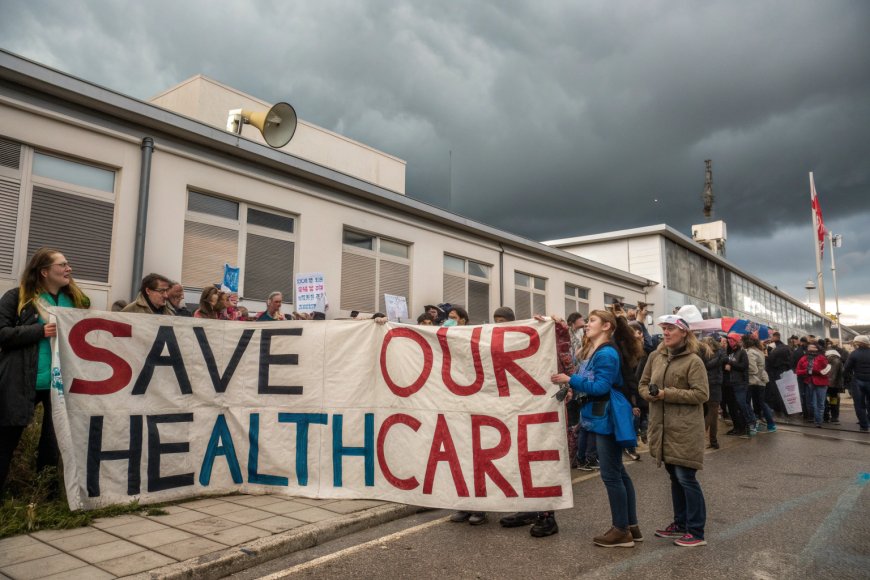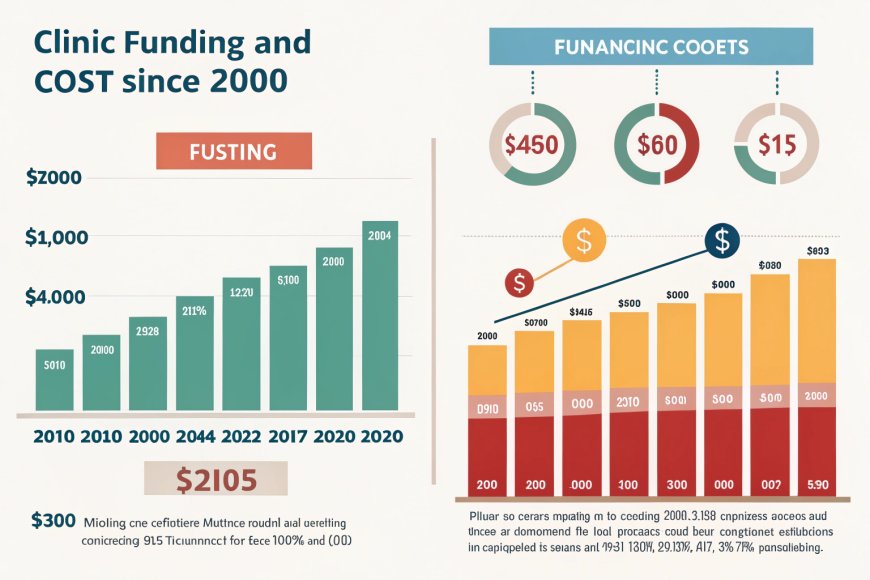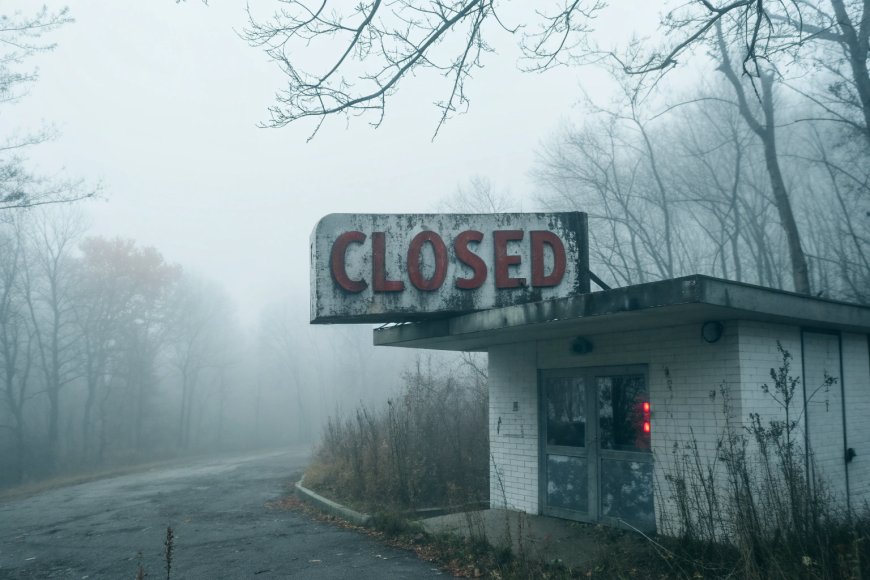Clinics in Crisis: How Canada’s Healthcare Collapse Could Impact You
Explore Canada’s healthcare crisis as family medicine clinics in the Eastern Townships face bankruptcy. Discover global implications, hidden causes, and what this collapse means for patients worldwide.
Imagine walking into your local clinic only to find a “CLOSED” sign hanging on the door. For thousands in Canada’s Eastern Townships, this nightmare is becoming reality. Family medicine clinics are drowning in debt, staffing shortages, and bureaucratic chaos—threatening to collapse an already strained healthcare system. But this isn’t just Canada’s problem. If clinics fail here, it’s a warning sign for the world.

Overworked doctor in struggling Canadian clinic
Canada’s healthcare system, once a global benchmark, is teetering on the edge. In Quebec’s Eastern Townships, family medicine clinics are pleading for emergency funding, with some weeks away from bankruptcy. Doctors are overworked, patients wait months for basic care, and rural communities risk losing their only medical lifelines. How did it get this bad?
The Perfect Storm: Why Clinics Are Failing
Underfunding Meets Inflation
Decades of stagnant government funding, paired with soaring operational costs, have pushed clinics into the red. A 2023 report revealed that 65% of Eastern Townships clinics operate at a loss, with utility bills and medical supplies eating up 80% of budgets.

Telemedicine solution for clinic shortages
Staffing Shortages: A Global Problem Hits Home
Canada isn’t alone. The WHO predicts a global shortage of 10 million healthcare workers by 2030. In Quebec, clinics are understaffed by 30%, forcing doctors to work 70-hour weeks. Burnout is rampant—one nurse’s viral TikTok plea for help summed it up: “We’re not robots.”

Community protest to save Canadian medical clinics
Domino Effect: How Clinic Closures Hurt Everyone
Patients Pay the Price
When a clinic closes, patients travel hours for care. In Coaticook, a town of 9,000, the sole clinic’s potential shutdown could force residents to drive 90 minutes to Sherbrooke. For elderly or low-income patients, this isn’t just inconvenient—it’s deadly.
Economic Ripple Effects
Healthy communities thrive. A 2022 McGill University study found that every clinic closure costs local economies $2.3 million annually in lost productivity and increased ER visits. Small businesses suffer when workers can’t access timely care.

Clinic funding crisis infographic Canada
Canada’s clinic crisis isn’t isolated—it’s a symptom of global healthcare decay. Underfunding, staffing gaps, and bureaucratic inertia are pushing clinics to collapse. If ignored, this emergency could redefine how (or if) the world accesses basic care.
Can This Crisis Be Stopped? Solutions with Spine
1. Public-Private Partnerships: A Controversial Fix
Some provinces are experimenting with hybrid models, letting clinics bill for minor services. Critics call it “privatization creep,” but a Montreal clinic using this model cut wait times by 40%.

Healthcare access struggles for elderly patients
2. Telemedicine: The Pandemic’s Silver Lining
Virtual care boomed during COVID, and clinics adopting it report 25% higher patient retention. But rural areas still lack reliable internet—a gap governments must bridge.
Clinics aren’t just buildings—they’re lifelines. Canada’s crisis warns us: underfunded healthcare crumbles fast. To save tomorrow’s clinics, we need guts, innovation, and global solidarity.
What's Your Reaction?




















































